The game developers at Techland have a nice surprise for the fans of Dying Light 2: Stay Human. On the game’s second anniversary, they’re introducing firearms to the game, which has been the most requested feature since the game was launched on this day in 2022.
Tymon Smektała, Dying Light franchise director, briefed me on why the team decided to make this drastic change to the gameplay, which will come in the form of a brand new addition free for the fans who own the standard edition.
In the new Reloaded Edition, players will have the richest and most compelling and mature version of Dying Light 2: Stay Human to date, Smektała. It’s a free upgrade for the owners of the standard edition, and it contains all additions made to the game, including the DLC Bloody Ties for free and the new update on firearms.
The firearms are a big deal, as the whole premise of Dying Light has been about using parkour to escape the zombies running rampant in a city. The guns were gone.
GB Event
GamesBeat Summit Call for Speakers
We’re thrilled to open our call for speakers to our flagship event, GamesBeat Summit 2024 hosted in Los Angeles, where we will explore the theme of “Resilience and Adaption”.
Over the past two years since the launching of Dying Light 2: Stay Human, Techland has issued 10 big updates and made numerous improvements to the core game’s systems like parkour, combat and night experience. There were 200 new weapons and 20 new enemy variants. Now there are guns, which will come with survivor missions, the return of the characters Tolga and Fatin, visual enhancements, board quests, community maps and more.
The game will feature higher quality textures, foliage improvements, water reaction improvements, an overhaul on how zombies look, hair and eye improvements, and storytelling in an environment that looks better. There are 50 new levels and five new skills.
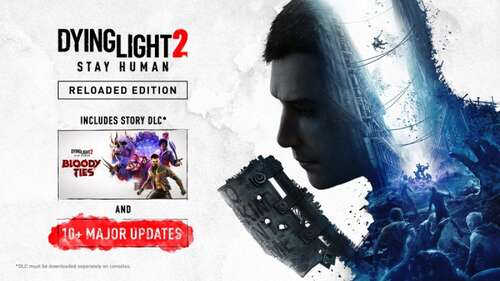
Importantly, there will be free days for the game on Steam from February 22 through February 26. Overall, the team isn’t done, as it has promised a total of five years of post-launch support.
Here’s an edited transcript of our interview.
Tymon Smektala: Quite soon, February 22, we’re doing two big things with Dying Light 2. First of all, we’re releasing the firearms update, another one in a series of really chunky updates that we’ve released over the last two years. This one is the biggest so far. It introduces, obviously, firearms, but also quite a few other interesting features. At the same time we’re releasing a new version of the game, the Dying Light 2: Stay Human Reloaded Edition, which summarizes everything that’s happened over the last two years. Content, mechanics, additions, improvements from more than a dozen updates, including the newest one. The Reloaded Edition will be the new standard edition for Dying Light 2. It brings all the updates, the Bloody Ties DLC for free, and the newest update we’re releasing on the same day.
GamesBeat: How long have you been working on this update?
Smektala: If you look back at the last two years, we were on a cycle of quite frequent updates. We’ve released about a dozen, so on average every two months or so. But to be honest, we started even earlier with this one, because the firearms are quite a big addition to the game for many reasons. The Dying Light 2 world was created as a space without them. There was even lore that justified why firearms no longer existed in the world, about 1,500 years after the zombie outbreak. It made sense for us. It was an important aspect of our world-building.
We came up with the concept of what we called the “modern dark ages.” The idea was that because civilization is gone, humanity has gone back to medieval times in terms of human relations, laws, and technology as well. But it all happens in the environment of a modern city. That’s the modern versus dark ages clash. The ranged weapons were the sort of thing that were mostly used in medieval times, like bows and crossbows. But it seems that players generally love to shoot things. We’ve been constantly hearing the community saying, “Hey, we want firearms. If you do something big for the next update, make it firearms.”
Two years have passed. The original vision made a statement. We released the game that we intended on the initial release. But now, after two years, maybe it’s time to have a bit more fun and open up some new possibilities. We decided to add firearms. But because of our world-building, it was actually quite tricky to introduce them. We didn’t just want to drop them in the world and say, “Here’s guns, have fun,” and ignore the lore that we’d built. There was a voice from our community that was quite open about it. “Give us firearms, but make sure they make sense in the world.” We’ve spent quite some time on building the narrative around this, explaining what’s happened. We’ve built this whole mystery. Thankfully we had some elements in the original vision that we could use as building blocks.
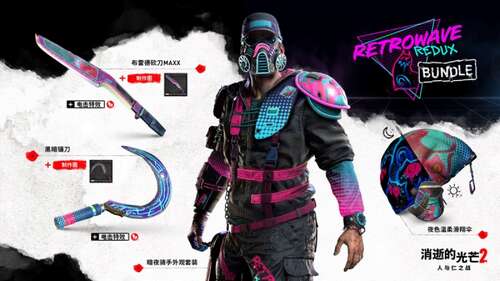
There was this idea that firearms have been seized to stop riots and keep control of the city. What we’ve created is a new enemy storyline that explains the search for those seized weapons, and of course it ends in success. The player is able to get new weapons, which opens a Pandora’s box for the city. It introduces firearms to the game world.
So, to answer the initial question, our usual cycle is two to three months of development per update, but this one took a little longer. It’s also the biggest one we’ve done. Outside of firearms, one unique thing about this new update is that it brings hours of new playable content. Most of our previous updates were focused on introducing new mechanics. We didn’t add new quests, new missions. Or we did, but it wasn’t a massive movement on our side. We were mostly focused on adding new weapons, new game mechanics, tweaking existing mechanics like our night experience. This one, aside from changes to gameplay, also brings new content.
The two biggest things we’re doing are new quests, a collection of small adventures in the city–you can compare them to an episode in a TV series. They’re small stories you can play in one sitting from beginning to end. I don’t remember the exact number, but I think it’s about 15 new quests, new adventures. We treat the final number as something that we can develop and expand in the future if the community thinks that it’s interesting.
Another big part of the new content are survivor missions. These aren’t focused so much on narrative and world-building. They’re focused on gameplay, and specifically gameplay built around co-op sessions. It’s a set of about 10 new missions that are meant to be replayable, meant to be mastered by our players experiencing them in co-op. You can think of them as something similar to Left 4 Dead. Those missions also bring a new progression metagame. As you complete them, you collect special coins that you can exchange for some new weapons and cosmetics. This is geared more toward players who are interested in online play and mastering challenging gameplay missions over several sessions.
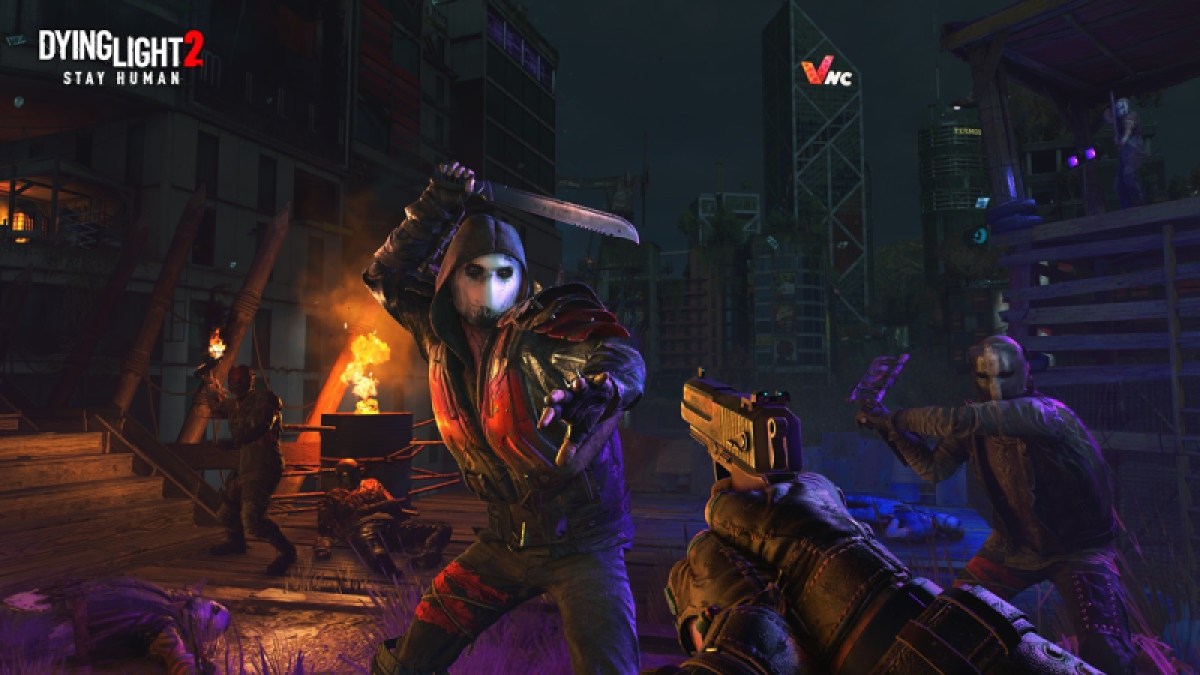
Dying Light 2 supports co-op in a group with a maximum of four players, but you can also play alone. It’s your choice. The majority of our players, about 60%, play single-player. There are no PvP modes, though. It’s basically you against the environment. You fight with zombies, obviously, and there’s also human-to-human combat. The difference is that with zombies, it’s mostly against hordes, big groups, and special zombies that have particular special attacks. With humans it’s more tactical. They cooperate better together.
GamesBeat: When you had this philosophical change around firearms, how did you convince yourselves that this was the right way to go?
Smektala: When we decided to do it, it was actually a no-brainer. The community voice was so loud that it was hard to ignore. We couldn’t say, “We hear what you’re asking for, but we’re not going to give it to you.” At Techland, and especially like Dying Light, we’ve taken on this collaborative, community-driven style of development where we want to be very close to our community and give them influence over the direction of the game. This is one of the reasons why the first game in the series had so much longevity. It’s a game that’s been with us for eight years and it’s still heavily played.
We’re leveling this up for Dying Light 2, where we’re doing a lot to let players directly impact our development. One example is what we call community ideas. We have a special website dedicated to our players where they can present their ideas, how they’d like to improve the game, what they’d like to see added to the game, and other community members vote on those ideas. Every few weeks we take a bunch of them and put them into our backlogs and deliver them to the game. That’s a model that not many people are using, especially in the triple-A sector.
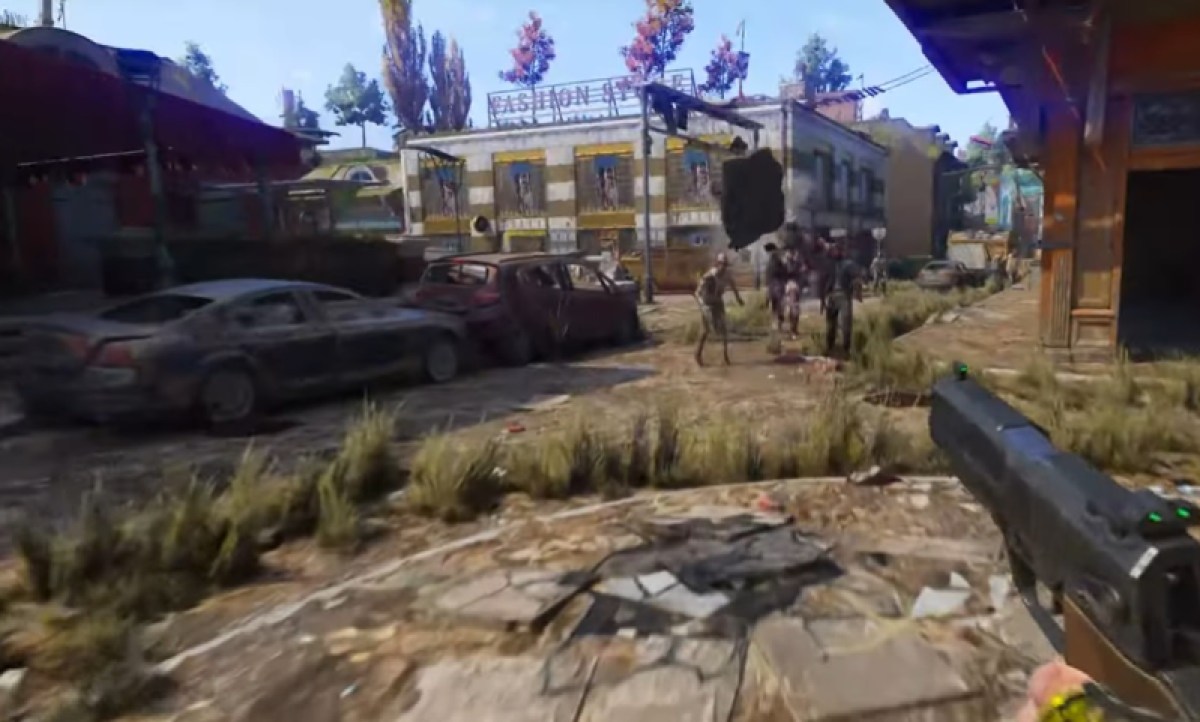
When we had our community asking for firearms, it became so loud that we just couldn’t ignore it. There wasn’t that much thinking about that part. For a few months we knew we needed to do this. It was just a matter of finding the correct moment in time. The second anniversary felt like the perfect time. We’re not new to these kinds of discussions. One of our previous updates, the one we did in June, was called “Good Night and Good Luck.” It significantly, drastically changed our night experience. That was something we’d discussed a lot.
The night experience is a crucial part of Dying Light as a game. It was scary and very tense in the first game, but when we looked at player data and player feedback, we found that lots of players were just avoiding playing at night. We wanted to create an experience that was significantly different from the day experience. We wanted a game that had those two different experiences in it. But we realized that in the first game, a lot of players just skipped the night part because they felt it was too scary for them.
For Dying Light 2, we made the night experience easier and more accessible, and I think that worked. We managed to reach more players than in the first game during the release window. At the same time, we heard from our core community that we’d watered down the night experience. They wanted the hardcore stuff back that they knew from the first game. When we decided to do that with the update we released in June of last year, which changed the night experience and made it more scary, more similar to what players knew from the first game, there were a lot of considerations. On the one hand we had a system and a type of gameplay that was accessible to more mainstream players, a mainstream market. On the other hand we had this hardcore experience that we felt was a defining part of Dying Light as a game and a franchise.
There the discussions were heated. All kinds of arguments were raised. It wasn’t an easy decision to make. Also, because of the risk of changing something so important to the game in a game that was already released–it took a lot of courage. But we did it. Internally we’ve found that it was a great success. Not only have we received tons of praise from the community, but we felt it was accepted by a huge majority of players. Of course, now we’re also hearing voices saying that it’s too hard, it’s too scary, they don’t want to play during the night. But we’ve come to realize that this is what makes Dying Light. It’s a game where you have the day vibe, where you’re in control, where you can fight zombies however you want to, where you want to collect all your resources and complete your quests before the night falls. Then it gets scary. You might skip it if you want, but that scary part, the horror part, is what defines Dying Light.
Personally, as the franchise director, I’d be very happy to be riding the bus and hear someone say, “Hey, this game Dying Light, it’s an amazing game, and the night experience, man, I shit my pants when I was playing it.” I want that in Dying Light. I want that to be a defining element of the game.
GamesBeat: It seems like with this kind of opportunity, you have a chance to introduce a different style for the use of firearms. You can have something like The Last of Us where there’s a lot of scarcity. Or you can have something like Call of Duty where everyone’s running wild.
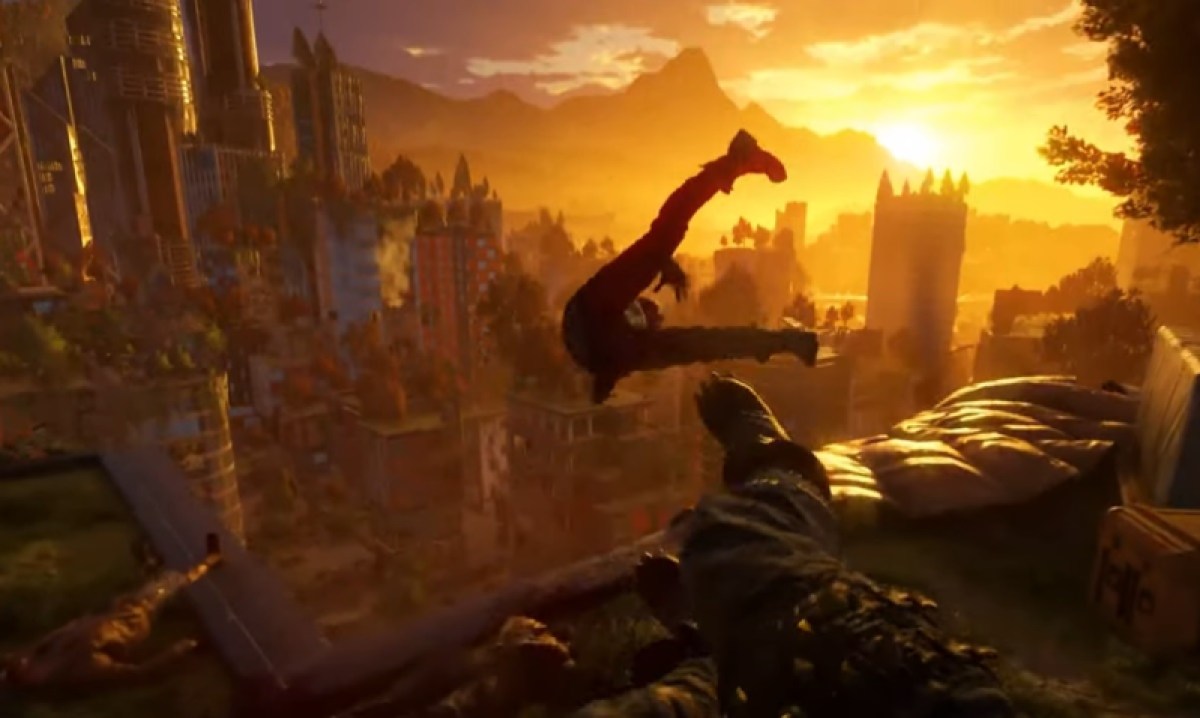
Smektala: We’re definitely not Call of Duty, but I don’t think we’re The Last of Us either. Dying Light is different. It’s a game where we want players to have access to a variety of tools that they can use to overcome gameplay situations, gameplay challenges, gameplay problems. We don’t want them to look at every bullet in their inventory and think, “Do I really want to use this?” Dying Light is a spectacle, a brutal spectacle. There’s a phrase we use from time to time, “ultimate zombie playground?” This is something we want to achieve. You enter into this post-apocalyptic world with zombies and you have tons of tools you can use to survive. It’s still an action survival game, but we want you to have fun and these “wow” moments as you try to survive.
That’s why it was very important for us to create as many systems as we could to introduce emergent elements into the world. When we’re trying to add something new to the game, we’re always looking at how a new system can interact with the other systems. To give a simple example, when a zombie grabs you, you have a couple of different things you can do to make it go away. One of those things is you can try to kick it off you. So when you deal with the zombie grab and you have a firearm in your hand, what happens is that for a very short moment, the crosshair aims at the zombie’s head. Those systems interact with each other, so that if a zombie grabs you and you can kick it off correctly, you have a chance to use the firearm at just the right time. You get this very cool cinematic moment where you kick the zombie off and instantly shoot it in the head.
With firearms, with anything we add, we’re always looking at how we can make it interact with our other systems to create those cool, exciting, cinematic gameplay moments. But it’s not Call of Duty. It’s not scripted like that. It doesn’t have the bombast of Call of Duty. It’s still an action survival game. We want you to use firearms, but you won’t be going Rambo crazy. At the same time, you won’t look at every bullet and wonder whether you should save it for another encounter.
GamesBeat: The kinds of guns players have access to, what are you aiming for?
Smektala: It’s a grounded survival game. We don’t have anything too crazy. We’re starting with four gun types: pistol, SMG, rifle, and shotgun. They come in a couple of variations between them, but that’s basically what you get. Of course we’ll probably expand on that repertoire in the future. We’ve promised to support Dying Light 2 for a minimum of five years. We’re only in year two, so there’s still at least three more years in front of us, and I think it will be even longer given what we did for the first game.
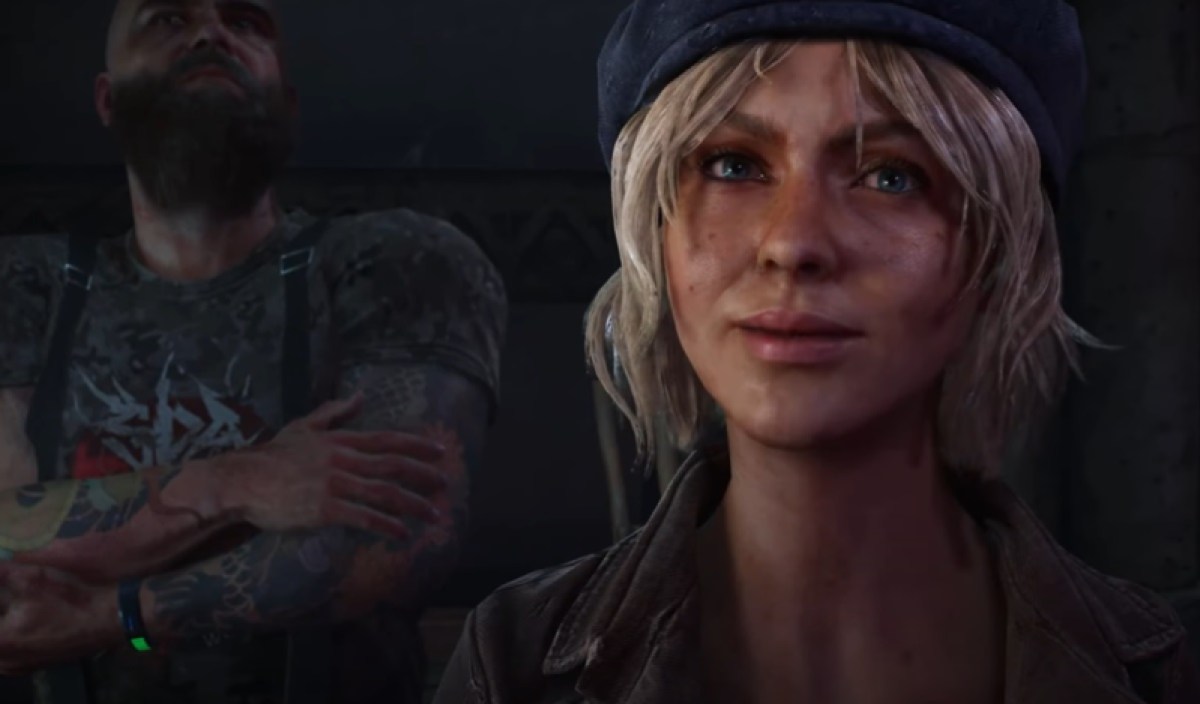
Slowly we’ll get there. Something we’ve seen with the first game–it started as this very grounded survival game, and it slowly started evolving into the ultimate zombie playground I mentioned before. Something where if you invest a lot of hours into the game, you become this sort of survivor killing machine, someone who has access to all the tools. You can wreak havoc and pay the zombies back for what they did to you in your first few hours with the game. That’s the arc that our players and our games are following. But to reach that point you need to leave the game on your hard drive for quite a long time. We have players who’ve spent 500 or 600 hours with our game.
GamesBeat: Do you have to make the zombies different, more powerful, to deal with these changes?
Smektala: Of course. Aside from the narrative challenges, Dying Light is a game where one of the key pillars is melee combat. It’s a game built for melee combat. When you introduce firearms it changes things completely. It changes the balance in a way we had to consider. So yes, there was a balance pass where we tried to find a good place for guns. We have an interesting mechanic that balances them very naturally and organically, which is the noise system.
In our game, if you make noise, the zombies will notice you. Of course shooting makes a lot of noise. Shooting is quite powerful. You can dispose of an enemy from far away using just a few shots. It’s much quicker than using a melee weapon. But that makes noise, which triggers the fast-moving zombies. That leads to a chase where you’ll have to try to escape. Maybe you can use the gun to get rid of those pursuers, but again, you’ll make even more noise, and maybe another group will come to get you. It creates a lot of very exciting, very cool moments.
GamesBeat: At the same time, was the world physically accurate enough so that the addition of firearms can be done relatively easily? I don’t know if you had to make changes to layout or physics.
Smektala: We’re quite advanced in that regard. That’s another one of our design pillars or design commitments. We want to make our world feel very grounded physically, very immersive. We have quite advanced physics algorithms, which we use for things like ragdoll behavior, for the parkour movement, and for enemy reactions. We have a lot of systems under the hood that we can use to simulate shooting and reactions to shooting. It’s not reality. But I think we’re doing quite well relative to video games in the way the physics behave – the bullets, the enemies when they’re hit. This wasn’t a big challenge because we had this already. When we started working on firearms, we had those systems in the game from the beginning.
GamesBeat: Can you talk more about the storytelling and how this works in the lore?
Smektala: I don’t want to spoil too much, because it’s a nice beat that we’d like our players to discover on their own. But as I said, we already had these elements built in around these secret stashes of guns seized by the military and hidden somewhere in the city. The story is an investigation kind of situation, where you’re trying to find where these things are hidden. Of course when you try to get there, there are some challenges to overcome in the way. It’s safe to say that there’s a new character who introduces some hints around where the weapons could be, leading players to go on a search for those weapons. Spoiler alert, but that does end in success, because after completing this quest you get access to firearms. You find the guns and you get to use them.
GamesBeat: Aside from those big additions, what else does this update introduce?
Smektala: Beyond the firearms and the new gameplay content we’re adding–I don’t want to put a number on it, because part of it is these very replayable co-op missions. If you like them you can replay them for hours and hours. But it’s really chunky in terms of new things you can play. Another thing that’s happening with the Reloaded Edition and the update is that it brings a set of visual improvements. You can expect new foliage, new skyboxes, a huge batch of improved textures.
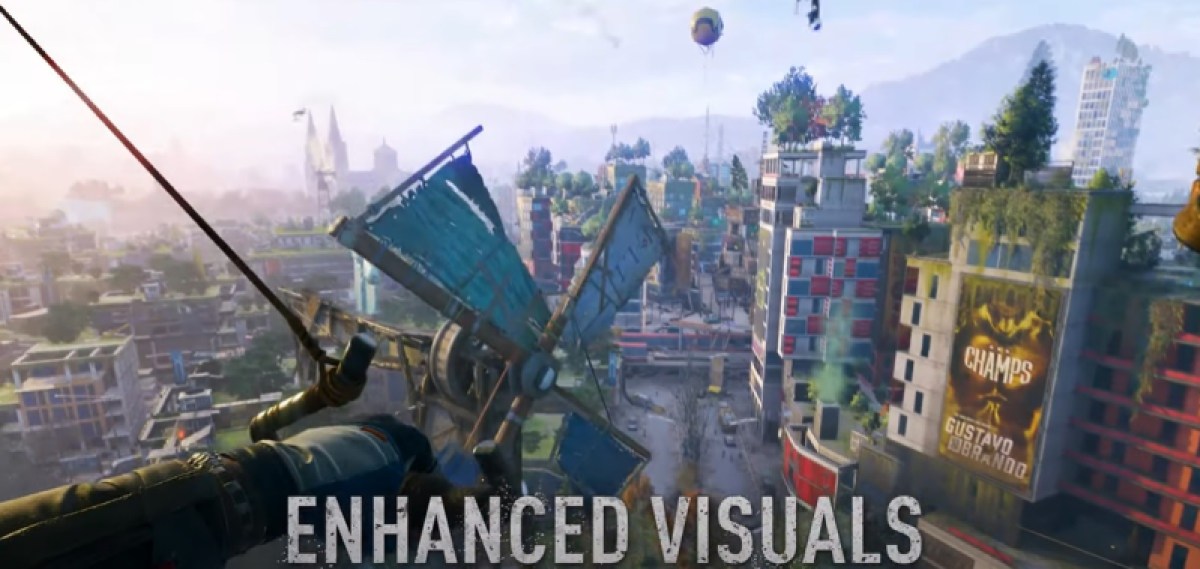
One of the most interesting things is our new take on the zombie faces. We were happy with what we did in the initial release, but we always thought we could do even more. We could make the faces more expressive, to better present how inhuman the zombies become after being infected. We spent some time on improving the clarity and expressiveness of the zombies’ faces. That’s something that will be very visible to players. We have lots of encounters with zombies that are very face to face. The most intimate move they can do is to grab you, where you see the face of the zombie filling half of the screen. You see how desperately they’re trying to get you. We focused on that with this update. It definitely looks way better. It adds a lot to the graphics.
Because it’s our second anniversary, we also added a lot of content that relates to the history of Dying Light as a series. One of the new adventures brings back the legendary characters from the first game, Tolga and Fatin. If you’re not that much into Dying Light lore then that might just be two funky names, but for Dying Light players, they have a lot of warm feelings toward those two. Tolga and Fatin were a little goofy, the inventors from the first game. We introduced them almost as an Easter egg, but they became so popular that in our big add-on, they had another adventure that evolved and took the idea further. In this update they’re returning again, and it’s one of the craziest things we’ve done in terms of narrative. It’ll be a very interesting blast from the past for our core players, the people who’ve been with us since the release of the first game.
There are also tons of smaller features, quality of life improvements. The release notes take up a few pages. Another interesting addition, Dying Light has this endgame progression system called legend levels. So far you can progress up to level 250. We’re adding 50 new levels and five new legend skills, as well as a new reward for completing the new maximum level. It’s the biggest update we’ve done so far. I think this will set us up very nicely for the coming year. We’re planning to bring quite a few additional surprises, but that’s for the future. Right now we want to elevate the foundation of Dying Light for future growth.
GamesBeat: Have you ever described the size of the audience and the trends around that for Dying Light?
Smektala: Our monthly active users is about 1 million players. It’s a lot, especially if you consider that this is a game that released two years ago. Because of our constant work on the game–it’s not Fortnite. It’s not a game as a service. It’s a triple-A open world action survival game that comes in a box. Usually, when a game like that releases, the developers do a few updates, maybe a DLC or two, and then move to another project. But since Dying Light is very important to us–it’s our own IP. We’ve realized that putting this much care into the game and the community works very well to extend the longevity of the game. The numbers have been phenomenal. We hope, obviously, that with Reloaded Edition and the new update we’ll be able to get even more players on board.
We’re following the model that made the first Dying Light successful. We’re doing more of the things that have already been proven and tested. One new thing with Dying Light 2, though, we’re making user-generated content, maps created by our modders, an important part of the game. We made an effort to not only release dev tools to our players, so everyone who has some motivation can create a map for Dying Light 2, but we also made those maps available in the game. Not only on PC, but also on consoles. That’s unique in the market.
The number of players that create maps is limited, because you need talent and time and motivation. It’s not easy to make a map, even though our dev tools are quite accessible. But every player can enjoy the work of our creators. What those guys are doing is absolutely amazing. Today I was watching some maps where we asked our creators to build something for the firearms update, that could make use of the new gameplay. We gave them an early beta branch of the game so they could test the firearms and build maps around them. It’s absolutely amazing. We have maps created for Dying Light that look like Half-Life, like Unreal Tournament, like some other shooters.
Aside from everything we do ourselves as developers, there’s also a lot of support from our community. It’s very collaborative, very community-driven. It adds to the content that you can play in the game. It’s not just the extra hours that we add to the game, but the extra hours you get from our community creators.
GamesBeat: How big is the entire Techland team now?
Smektala: The whole company is about 500 people. We have two studios. There’s the first one, in Wroclaw, which I’d say is our HQ, basically. We also have another studio in Warsaw that’s growing rapidly and working on their own project.
GamesBeat: Did you have to expand the team to work on this update?
Smektala: Not really? The team is actually smaller now than when we were working on the game before release. Even though the updates are very chunky, it’s still different from working on a full game that has to release on time. The core Dying Light 2 team that works on the updates is just a few dozen people. Less than 100, definitely.
VentureBeat’s mission is to be a digital town square for technical decision-makers to gain knowledge about transformative enterprise technology and transact. Discover our Briefings.

